Border plants can really pull a yard together—until they start creeping where they’re not supposed to. It’s frustrating when something that’s meant to create a clean edge ends up looking like it’s trying to take over the entire garden bed. Some plants just don’t know when to stop, and unless you’re ready to trim constantly, they can end up being more work than they’re worth.
On the flip side, there are plants that naturally keep their shape and don’t need constant maintenance to look tidy. These are the quiet heroes of low-effort landscaping. If you’re trying to keep your borders looking neat without turning it into a weekly chore, knowing which plants behave and which ones don’t is a good place to start.
Bamboo (Overgrown)
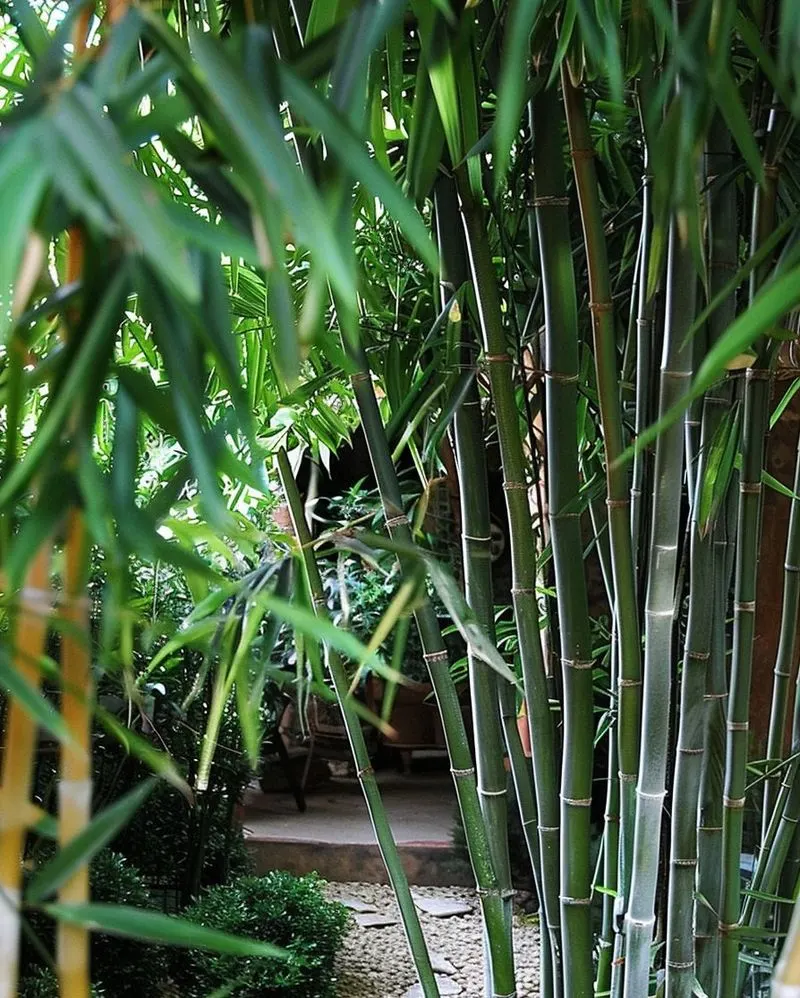
Bamboo is like that enthusiastic friend who always overdoes it. While its towering stalks and whispering leaves add an exotic touch, bamboo can rapidly take over your garden if not kept in check. Its underground rhizomes spread aggressively, making it a challenge to contain.
This ambitious plant can quickly become the uninvited guest at your garden party, overshadowing other plants and hogging resources. Containment measures like root barriers are essential to keep it in line. Despite its unruly nature, bamboo brings a zen-like quality, rustling gently in the breeze. Perfect for those who love a bit of wildness, but be prepared to manage its exuberance.
Mint (Overgrown)

Mint is the herb that dreams big and spreads even bigger. With its refreshing scent and culinary uses, it’s a delightful addition to any garden. However, mint’s roots are like explorers on a quest for domination, spreading rapidly if left unchecked.
This lively herb can quickly take over your garden space, outcompeting neighboring plants for nutrients and light. To enjoy its benefits without the chaos, consider planting mint in containers or using barriers to limit its growth. While its vigorous nature can be daunting, mint offers the reward of fresh, aromatic leaves perfect for teas and dishes.
Wisteria (Overgrown)
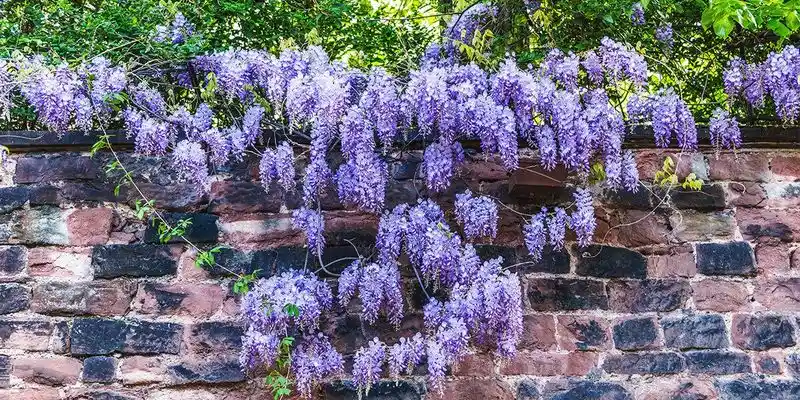
Wisteria is the romantic poet of the plant world, weaving dreams with its cascading clusters of fragrant blooms. However, this poetic beauty comes with a wild side. Wisteria’s vines can grow aggressively, wrapping around structures and plants in their path.
Left unchecked, it can smother other plants, turning a neat garden into a tangled thicket. Regular pruning is key to keeping its growth manageable. Despite its unruly tendencies, wisteria’s enchanting flowers make it a popular choice for pergolas and trellises, adding a touch of romance to any garden. Just be prepared for its exuberant embrace.
English Ivy (Overgrown)

English Ivy embodies the spirit of adventure, scaling walls and trellises with ease. This evergreen climber adds a classic touch to gardens, but its vigorous growth can quickly become overwhelming.
Once established, English Ivy spreads rapidly, covering surfaces and even trees, potentially causing damage. Its dense foliage can also harbor pests and reduce air circulation. To keep it in check, regular trimming is essential. Despite its aggressive nature, English Ivy’s timeless charm makes it a favored choice for those seeking elegance and greenery in their outdoor spaces.
Morning Glory (Overgrown)
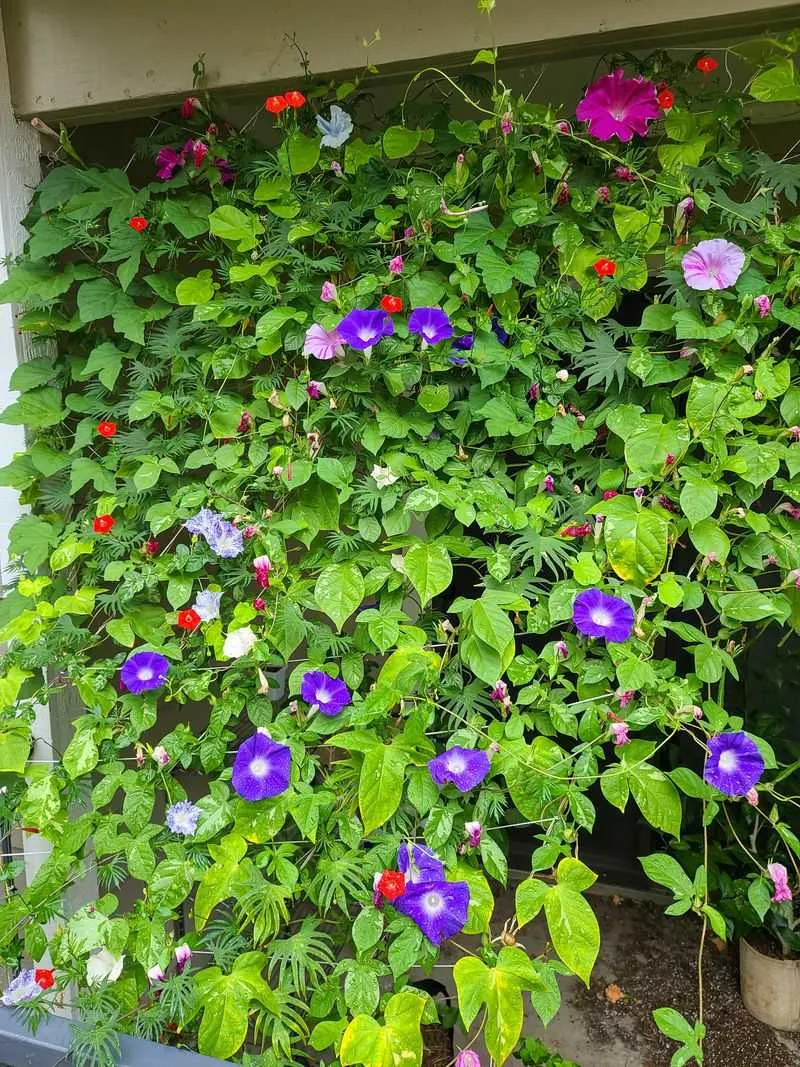
Morning Glory bursts into the garden like an artist’s palette, with vivid blooms greeting the day. However, this colorful charm can quickly turn into a garden takeover artist. Its vines grow rapidly, twining around anything in their path.
Without careful management, it can overwhelm other plants, turning a tidy garden into a tangled mess. Regular pruning and vigilant care are needed to curb its enthusiasm. Despite its wild tendencies, Morning Glory offers a burst of color and life, making it a favorite for gardeners who appreciate vibrancy and vitality.
Trumpet Vine (Overgrown)

Trumpet Vine is the extrovert of the plant world, loud and proud with its striking tubular blooms. Its vibrant flowers attract hummingbirds and bees, adding lively activity to any garden. However, its enthusiasm for growth knows no bounds.
This vine can spread aggressively, covering fences and structures, often outcompeting other plants. Regular pruning and containment strategies are vital to keeping it in check. Despite its vigorous nature, Trumpet Vine’s dazzling display makes it a popular choice for those looking to attract wildlife and add a bold splash of color.
Japanese Knotweed (Overgrown)

Japanese Knotweed is the garden’s rebellious teenager, growing where it pleases and breaking all the rules. Known for its rapid growth, it can quickly overtake garden spaces, causing headaches for gardeners.
Its tenacious roots can even damage structures. Eradicating this plant requires persistence and patience, often involving professional help. Despite its notorious reputation, when controlled, it can add a lush, tropical feel to your garden. Be warned, though, it demands respect and vigilance to prevent it from taking over.
Lavender (Neat)
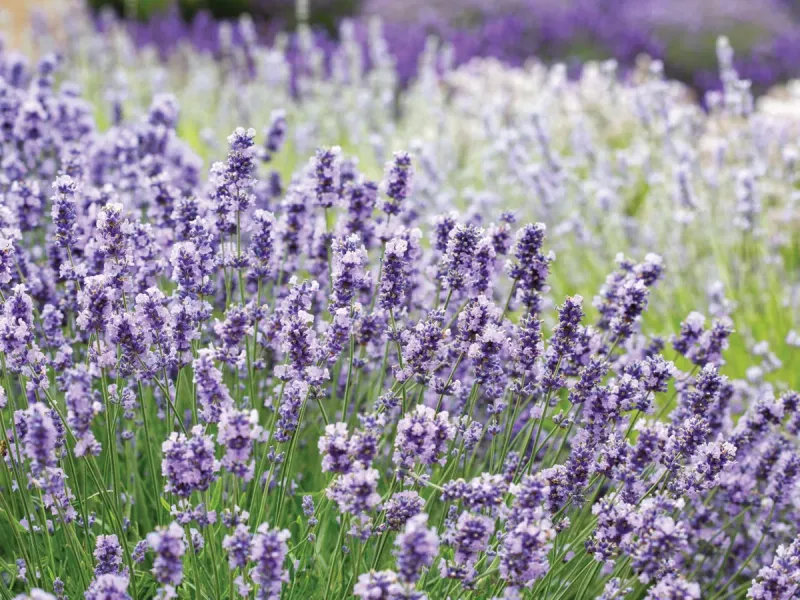
Lavender is the picture of serenity, with its soothing scent and delicate purple blooms. This well-mannered plant maintains its composure, growing in tidy mounds without much fuss. Its low-maintenance nature makes it a favorite among gardeners looking for neatness and beauty.
Lavender’s silvery foliage adds a touch of elegance, while its fragrant flowers attract pollinators, enhancing biodiversity. Perfect for borders and pathways, it provides a calming effect with its gentle presence. Lavender requires minimal pruning, making it an ideal choice for those seeking a hassle-free yet charming addition to their garden.
Hosta (Neat)
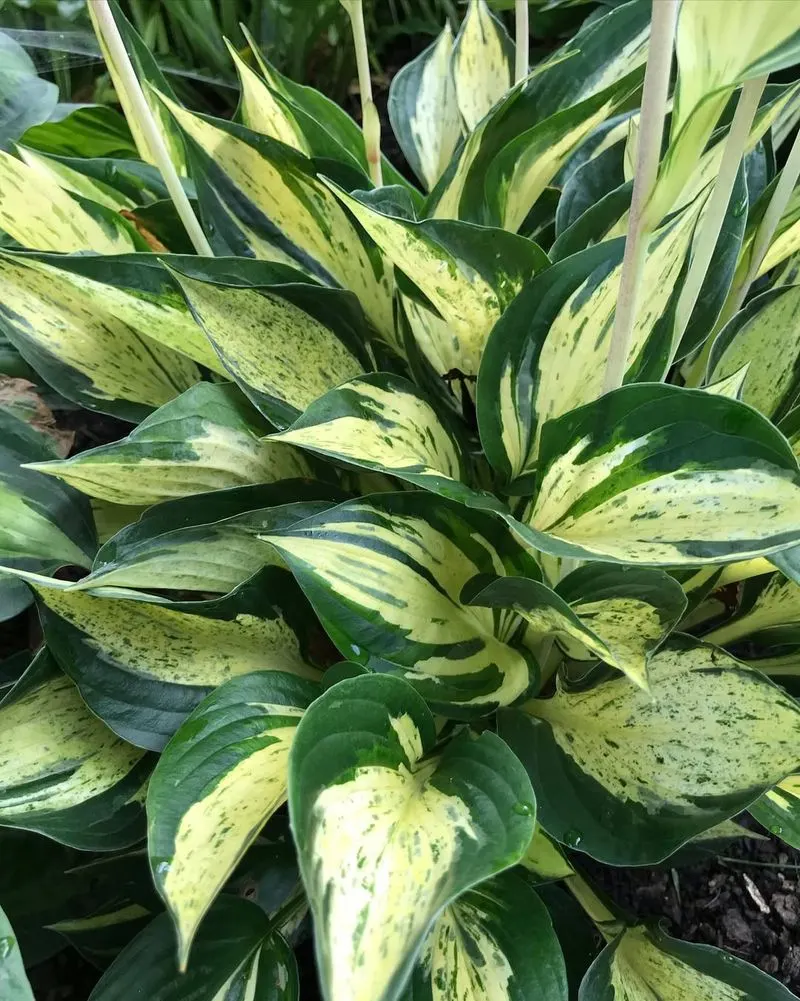
Hosta brings a sense of order with its lush, broad leaves that form neat clumps. Ideal for shady spots, this plant thrives without needing much attention. Its foliage comes in a variety of colors and patterns, adding visual interest to any garden.
Hostas are known for their resilient nature, standing firm against pests and diseases. They require minimal care, making them a popular choice for low-maintenance gardens. Whether used as a border plant or a focal point in a shaded area, hostas deliver elegance and simplicity with their structured growth and understated charm.
Boxwood (Neat)

Boxwood stands as a testament to tradition and timelessness, with its compact and structured form. This evergreen shrub maintains its neat appearance year-round, requiring only occasional shaping to keep its form.
Boxwood’s dense foliage can be shaped into various designs, making it a popular choice for formal gardens and topiary. Its resilience and low water requirements add to its appeal, offering elegance without the effort. Whether as a hedge or a standalone feature, boxwood brings a sense of order and sophistication, perfect for creating defined lines and classic garden aesthetics.
Sedum (Neat)
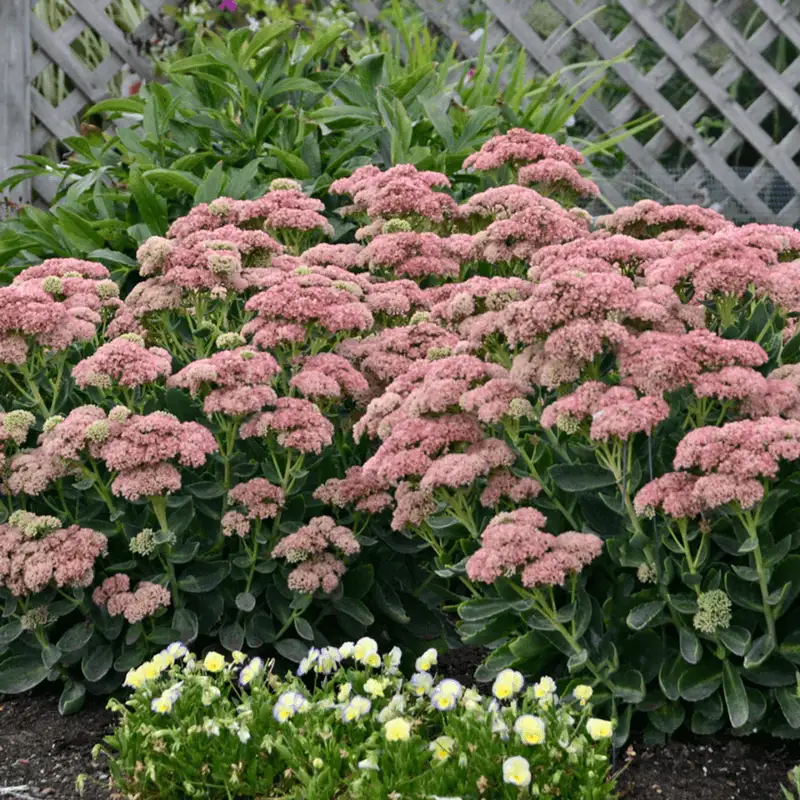
Sedum is the minimalist of the plant world, thriving with little care. Its succulent-like leaves and vibrant flowers create a tidy and colorful display in rock gardens or along borders. Resistant to drought and pests, it’s a resilient choice for those who prefer simplicity.
Sedum’s low-growing habit requires minimal maintenance, making it suitable for busy gardeners. Its ability to thrive in various conditions adds to its versatility, while its flowers attract pollinators. Whether as a ground cover or a focal point, sedum provides a touch of modernity and freshness to any garden setting.
Heuchera (Neat)

Heuchera, known for its stunning foliage, offers a neat and colorful addition to borders and containers. Its leaves come in a variety of shades, from deep purples to vibrant greens, providing visual interest throughout the seasons.
This perennial is easy to care for, requiring minimal attention while maintaining its tidy appearance. Heuchera’s delicate flowers add an extra layer of charm, attracting pollinators. Ideal for shady spots, it complements other plants beautifully without overwhelming them. With its structured form and vibrant colors, heuchera adds a touch of elegance and diversity to any garden.
Thyme (Neat)
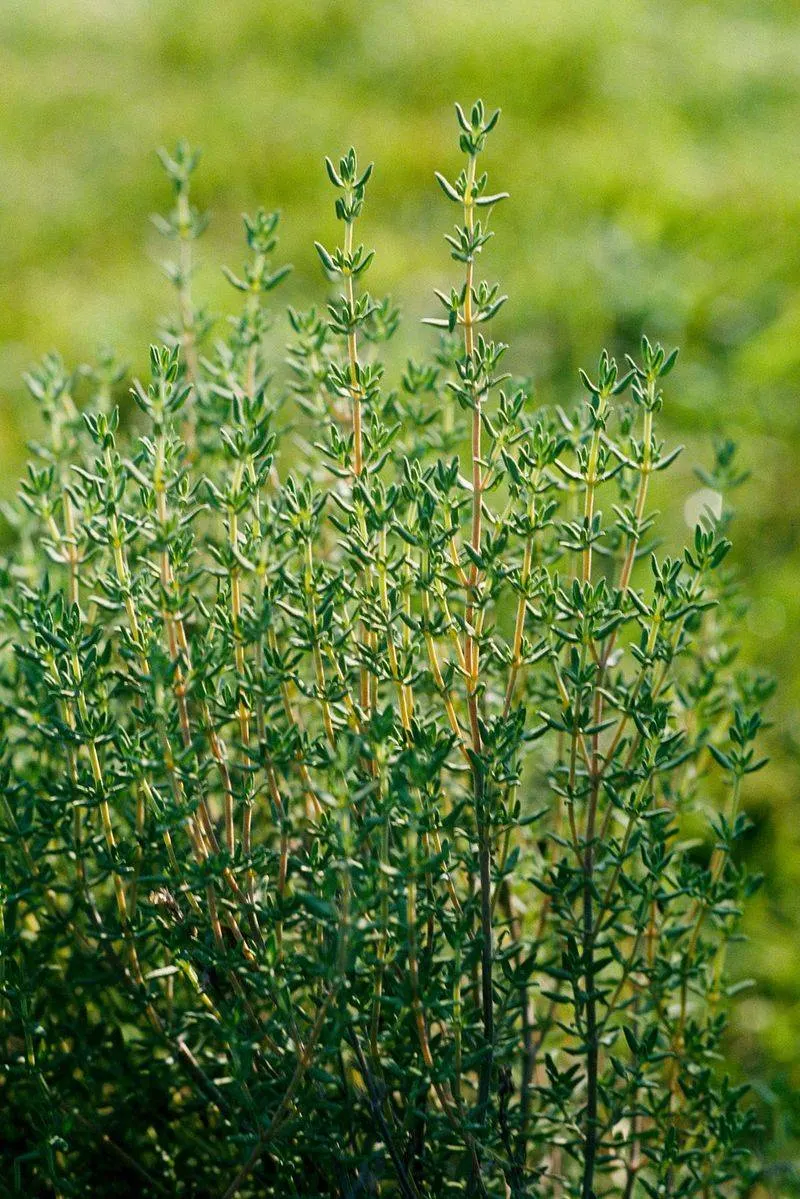
Thyme is the understated hero of the herb garden, with its small leaves and subtle fragrance. This low-growing plant forms neat mats that require little maintenance, making it a perfect choice for borders or ground cover.
Thyme’s resilience and adaptability allow it to thrive in various conditions, while its aromatic leaves enhance culinary dishes. Its tiny flowers attract pollinators, contributing to garden health. Whether used in cooking or simply admired for its tidy appearance, thyme offers elegance and practicality, providing a sense of order and refinement to any garden space.
Fescue Grass (Neat)
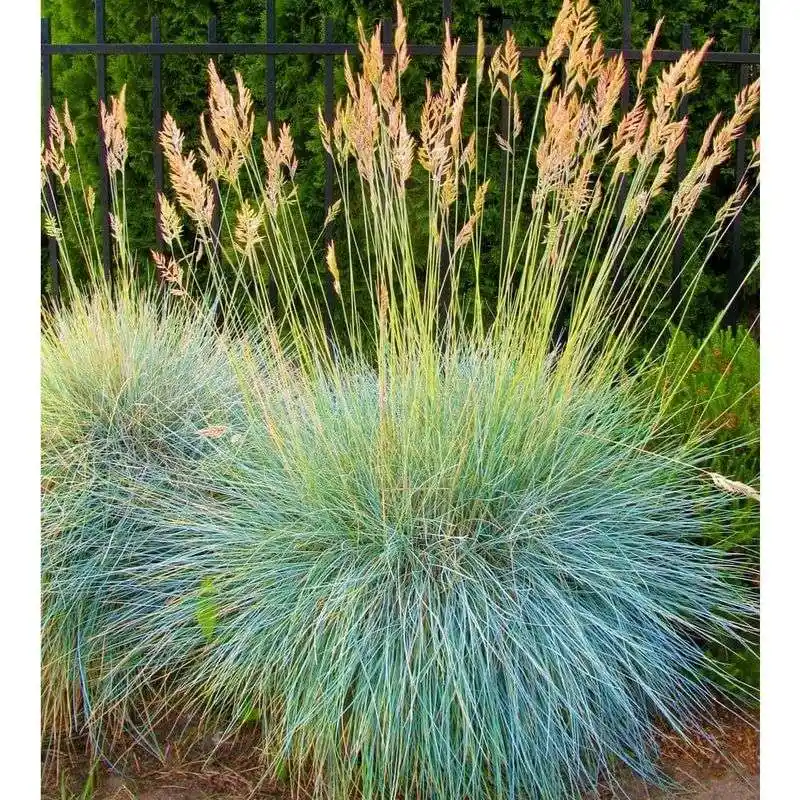
Fescue Grass is the epitome of grace, waving gently in the breeze. This ornamental grass forms neat clumps, adding texture and movement to gardens without much effort.
Its fine blades and soft appearance make it an excellent choice for borders or as a ground cover. Fescue is drought-tolerant and requires minimal care, thriving in various conditions. Its subtle presence complements other plants, enhancing the overall garden design. With its gentle sway and low maintenance needs, fescue grass offers a tranquil and elegant touch, ideal for those seeking serenity in their outdoor spaces.

